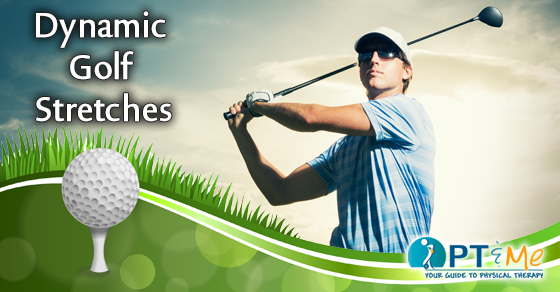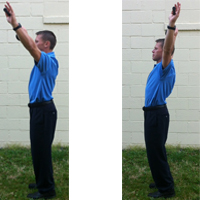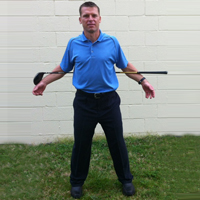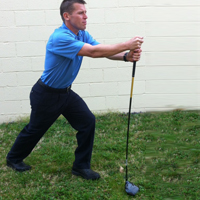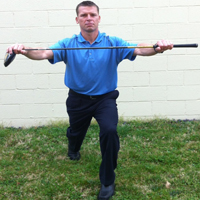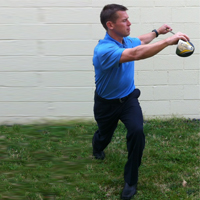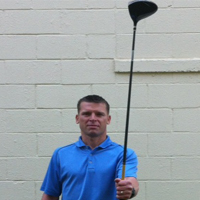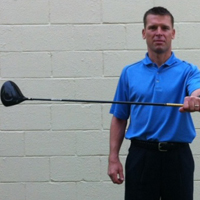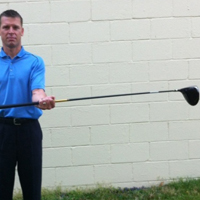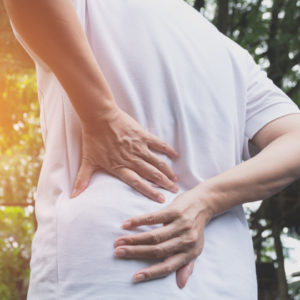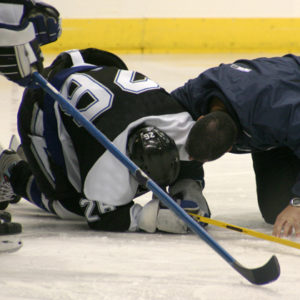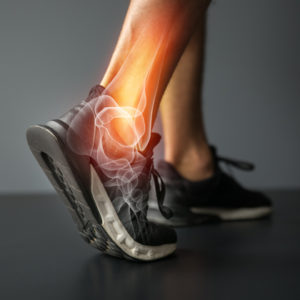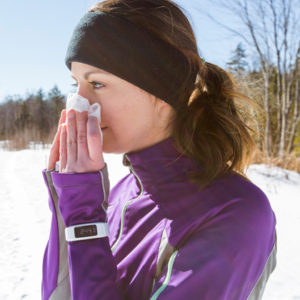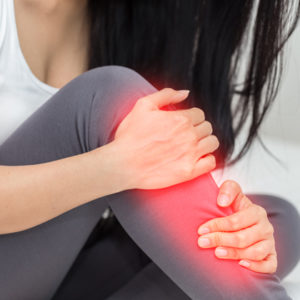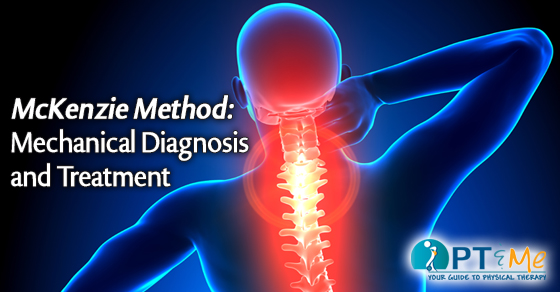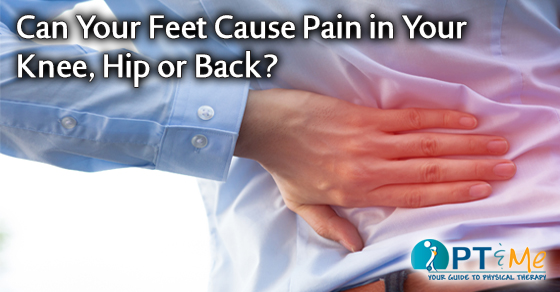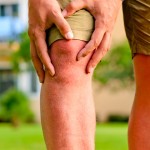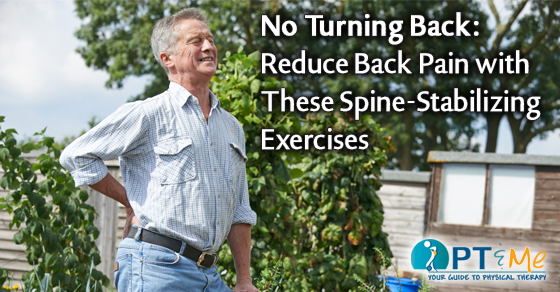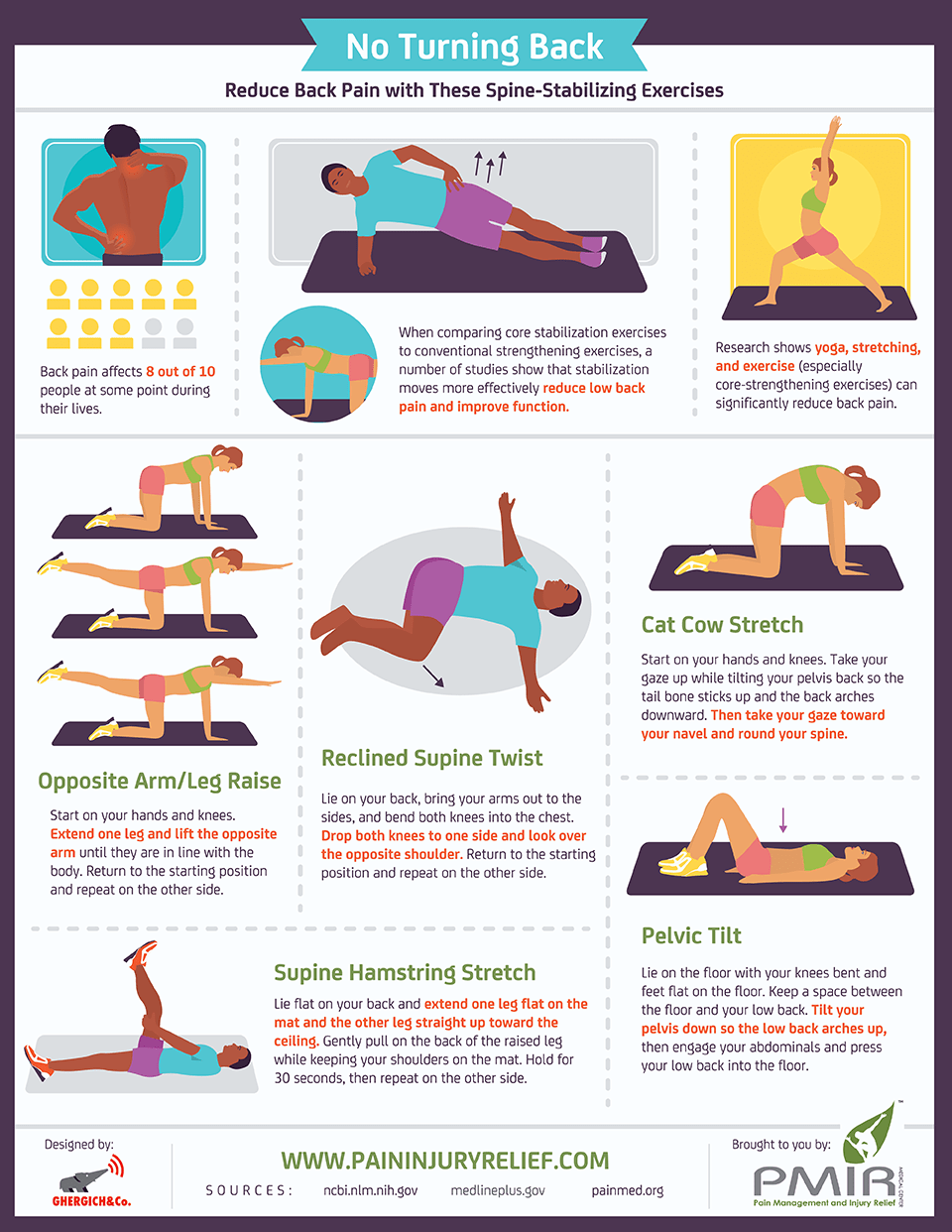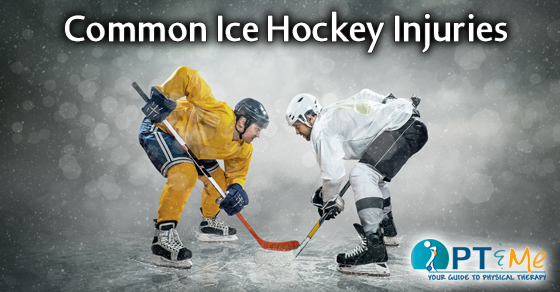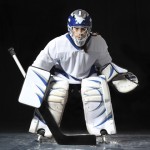Golf requires strength, flexibility, endurance, and power to create pain-free movement and improve your game. The most common golf injury is low back pain followed by shoulder pain and knee pain. A physical therapist can assist you in improving your pain and correcting your body’s deficits. These golf stretches will make your golf game less painful and reduce those extra strokes:
Hamstring Stretch
(move from upright into stretched position 10x)
Back Extension Stretch
(hold club backwards overhead, repeat 10x)
Hip/Back/Shoulder Rotation Stretch
(hold club behind back and rotate torso to each side 10x)
Calf Stretch
(move from upright into stretched position 10x)
Lumbar Spine Rotation
(hold club, plant feet as shown, rotate to each side 10x)
Forearm Rotation
(hold club straight up, then rotate to each side 10x)
This information was written by Mishock Physical Therapy and Associates, a privately-owned, outpatient physical therapy practice operating in southeast Pennsylvania. They actively participate in the community by providing services to schools, retirement communities, and local businesses. Their mission is to provide the most efficacious, state-of-the-art physical therapy services to relieve pain, restore function and return you to the highest quality of life possible. For more information click here.

